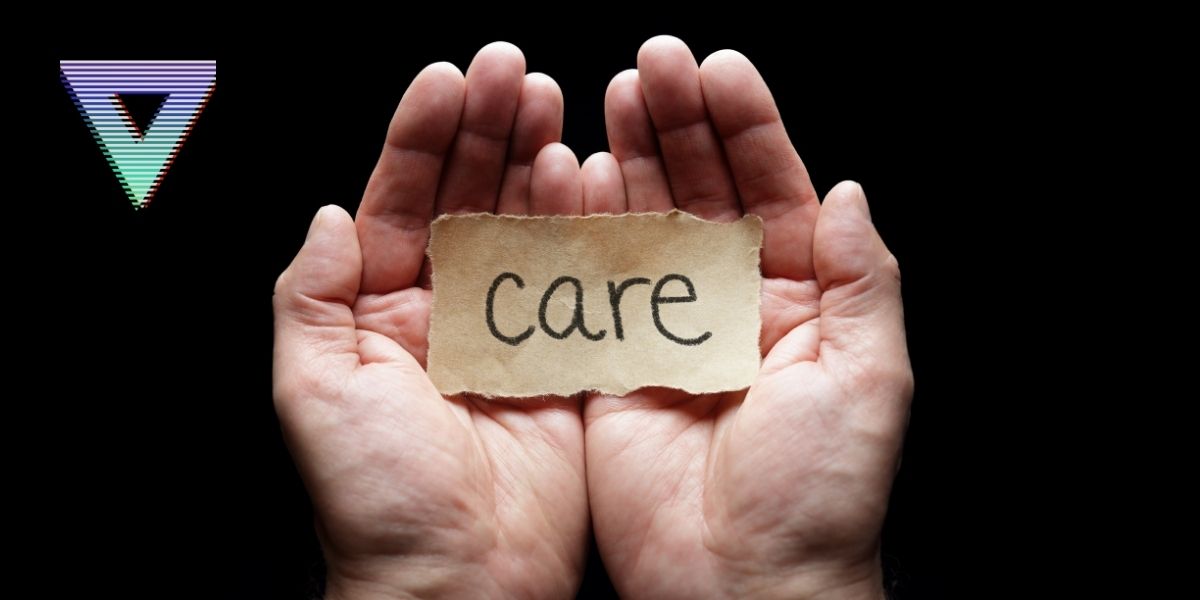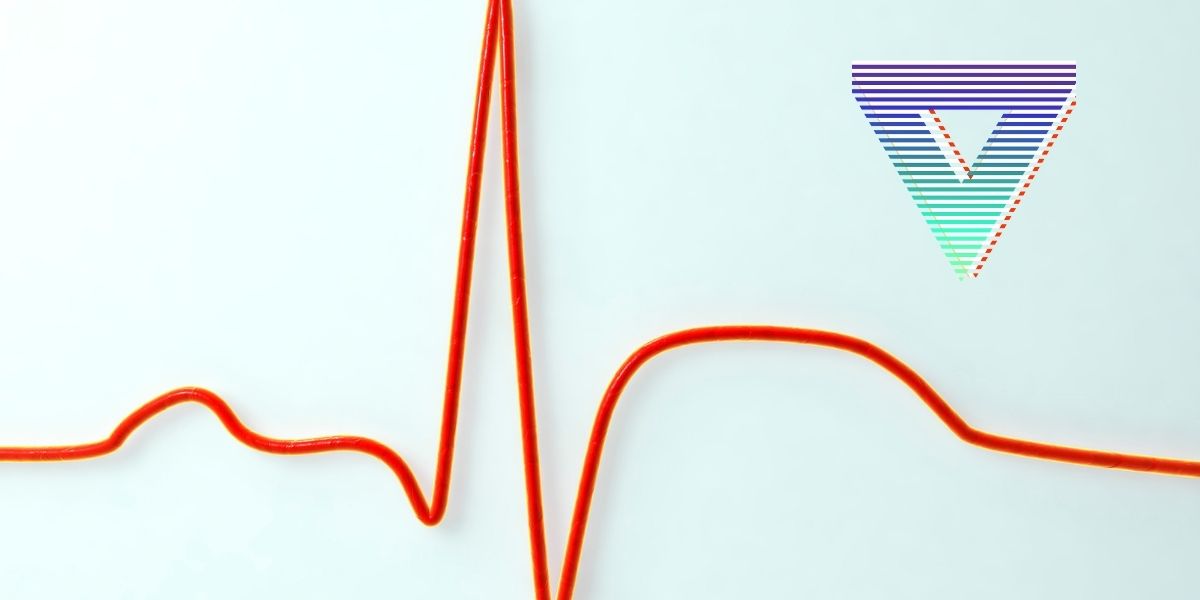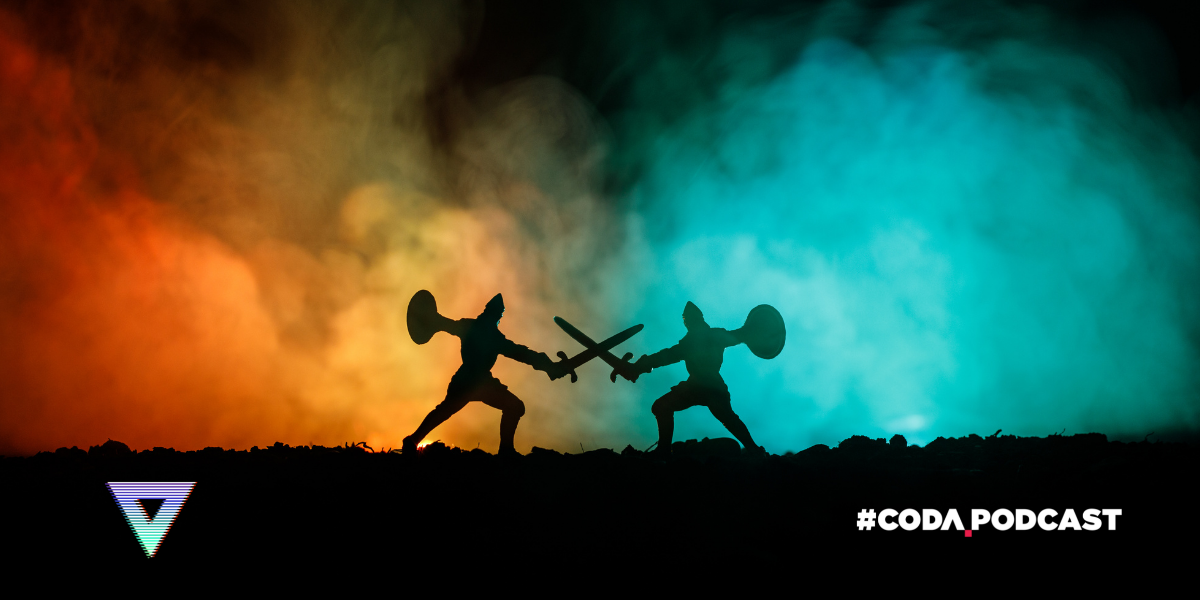The Role of the Immediate Responder in Mass Casualty Trauma
Christina Hernon describes a traumatic experience in gripping detail.
In doing so, she shares her deeply personal insights into what it is to be an Immediate Responder. Christina suggests that the medical system must change to support these people.
After a major formative experience at a life-threatening mass casualty incident, Christina felt incredibly unprepared despite over two decades of training in emergency and first response.
Christina reflects that all the training that students undergo does not prepare them for every scenario. The standard approach to emergency care, is this scene safe? is completely inadequate for those present the very moment an incident occurs. These people are then amidst and surrounded by an unsecured and potentially unsafe scene.
After her experience Christina had an acute stress reaction exactly like after rough calls in prehospital Emergency Medical Services.
However, Christina wasn’t offered the usual support given in these circumstances. She felt somehow betrayed, but unsure who to be mad at. Therefore, Christina tried to understand why she felt so unprepared and overlooked.
In deconstructing and reflecting on the experience, she self-identified neither as bystander nor first responder. Instead she was an on scene, immediate responder, victimised rescuer. Realising that she did not fit into any already existing category, she uncovered an undefined time period that we need to give attention to.
The Disaster Gap is the time between the moment an incident occurs, through the first call for help, and until the clearheaded First Responders arrives.
In this definable time gap, the only available rescuers are people who are on scene when the event happens. These Immediate Responders, who are traumatised by their experience themselves, take immediate action to help another person or make the situation better.
They are present at virtually every scene and have been for all of time. However, we know very little about them, their actions, their safety, their impact, and their recovery.
By trying to understand the Disaster Gap and Immediate Responders, we can improve training, preparedness, resilience, and recovery.
The Role of the Immediate Responder in Mass Casualty Trauma
For more like this, head to our podcast page. #CodaPodcast





